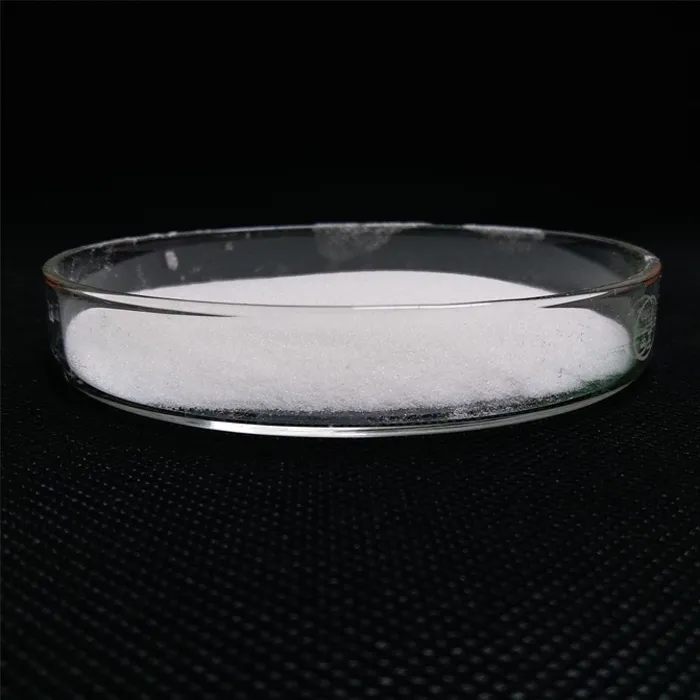The Biological Significance and Applications of 1-(2-Methoxyphenyl)piperazine
Introduction
1-(2-Methoxyphenyl)piperazine (MPP) is a compound that has gained attention in the fields of medicinal chemistry and pharmacology. With a piperazine core, MPP is characterized by a methoxy-substituted phenyl group, which imparts unique chemical and biological properties. This structural composition facilitates the exploration of its potential applications, especially in neuropharmacology, where it has been studied for its interactions with various neurotransmitter receptors.
Chemical Properties
The molecular structure of 1-(2-Methoxyphenyl)piperazine plays a crucial role in its chemical reactivity and biological interactions. The piperazine ring enhances the compound's solubility, while the methoxy group influences its pharmacokinetic properties. The presence of the methoxy substituent allows for better lipophilicity, aiding in the effective crossing of the blood-brain barrier—a critical factor in developing central nervous system (CNS) active drugs.
Biological Activity
Research has indicated that MPP exhibits notable biological activity, particularly as a serotonin receptor modulator. Serotonin, a key neurotransmitter involved in mood regulation, appetite, and sleep, is implicated in various psychiatric disorders. MPP's ability to interact with serotonin receptors (notably 5-HT1A and 5-HT2A) makes it a promising candidate for further research as a potential antidepressant or anxiolytic agent.
Studies have shown that compounds similar to MPP can produce anxiolytic effects in animal models, suggesting that MPP may possess similar properties. Furthermore, the modulation of serotonin receptors is also associated with the treatment of psychosis and other mood disorders, indicating that MPP could have broader implications in psychiatric therapy.
1-(2-methoxyphenyl)piperazine

Synthesis of 1-(2-Methoxyphenyl)piperazine
The synthesis of 1-(2-Methoxyphenyl)piperazine typically involves multi-step reactions starting from readily available reagents. A common approach is to use a substituted phenyl halide or nitro compound, which undergoes nucleophilic substitution with piperazine. Subsequent reduction steps may be required to attain the desired methoxy substitution. This synthetic route not only provides an efficient pathway for MPP but also serves as a model for the synthesis of other piperazine derivatives with potentially diverse bioactive properties.
Potential Therapeutic Applications
1-(2-Methoxyphenyl)piperazine's potential therapeutic applications extend beyond psychiatric disorders. Given its structural similarity to known pharmacological agents, it is imperative to explore its role in other areas such as analgesia, anti-inflammatory pathways, and neuroprotection. Newly synthesized derivatives could be examined for additional receptor affinity and selectivity, leading to new treatments that better target specific pathways with reduced side effects.
Additionally, research into the mechanisms of action of MPP could provide insights into novel drug discovery processes. Understanding how MPP interacts at the molecular level with various receptors may aid in refining its structure for improved efficacy and safety.
Conclusion
1-(2-Methoxyphenyl)piperazine presents a fascinating compound for ongoing research in medicinal chemistry. Its unique chemical structure, coupled with significant biological activity, positions it as a valuable subject for exploration in neurotransmitter modulation and potential therapeutic applications. As we continue to unravel the complexities of psychiatric and neurological disorders, compounds such as MPP may play crucial roles in developing innovative treatment strategies. The promise of MPP highlights the importance of chemical research in discovering effective therapies that target the underlying mechanisms of various disorders, ultimately enhancing patient care and quality of life.
By fostering collaboration between chemists, pharmacologists, and clinicians, the future of compounds like 1-(2-Methoxyphenyl)piperazine looks promising, aiming to bridge the gap between basic science and clinical applications.

